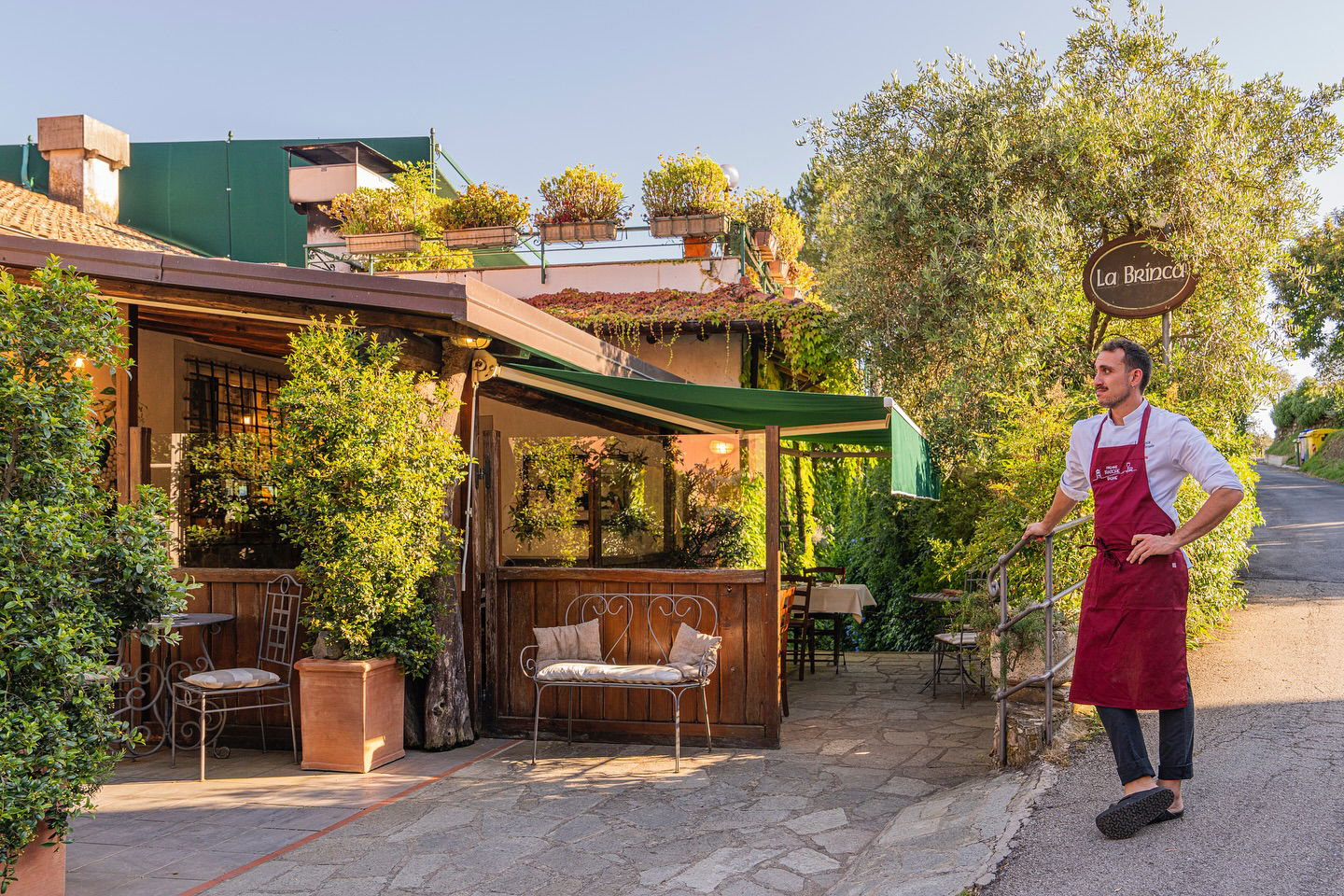
In Italy, a meal is rarely just about the food. It’s about the space, the tempo, the people around the table, and the centuries-old traditions that guide every plate to the table. Step into almost any Italian town or village, and you’ll find yourself in front of an unassuming doorway with a handwritten menu, a row of terra cotta pots brimming with basil and geraniums, and the faint clinking of cutlery against ceramic.
That’s likely a trattoria—a word that, to the uninitiated, might simply mean “restaurant.” But in Italy, especially in regions as gastronomically rich as Emilia-Romagna, a trattoria is something more intimate. It is a place where recipes are guarded like heirlooms, where the daily menu changes with the season, and where the cook might also be the person who greets you at the door, pours your Lambrusco, and tells you about the morning’s market.
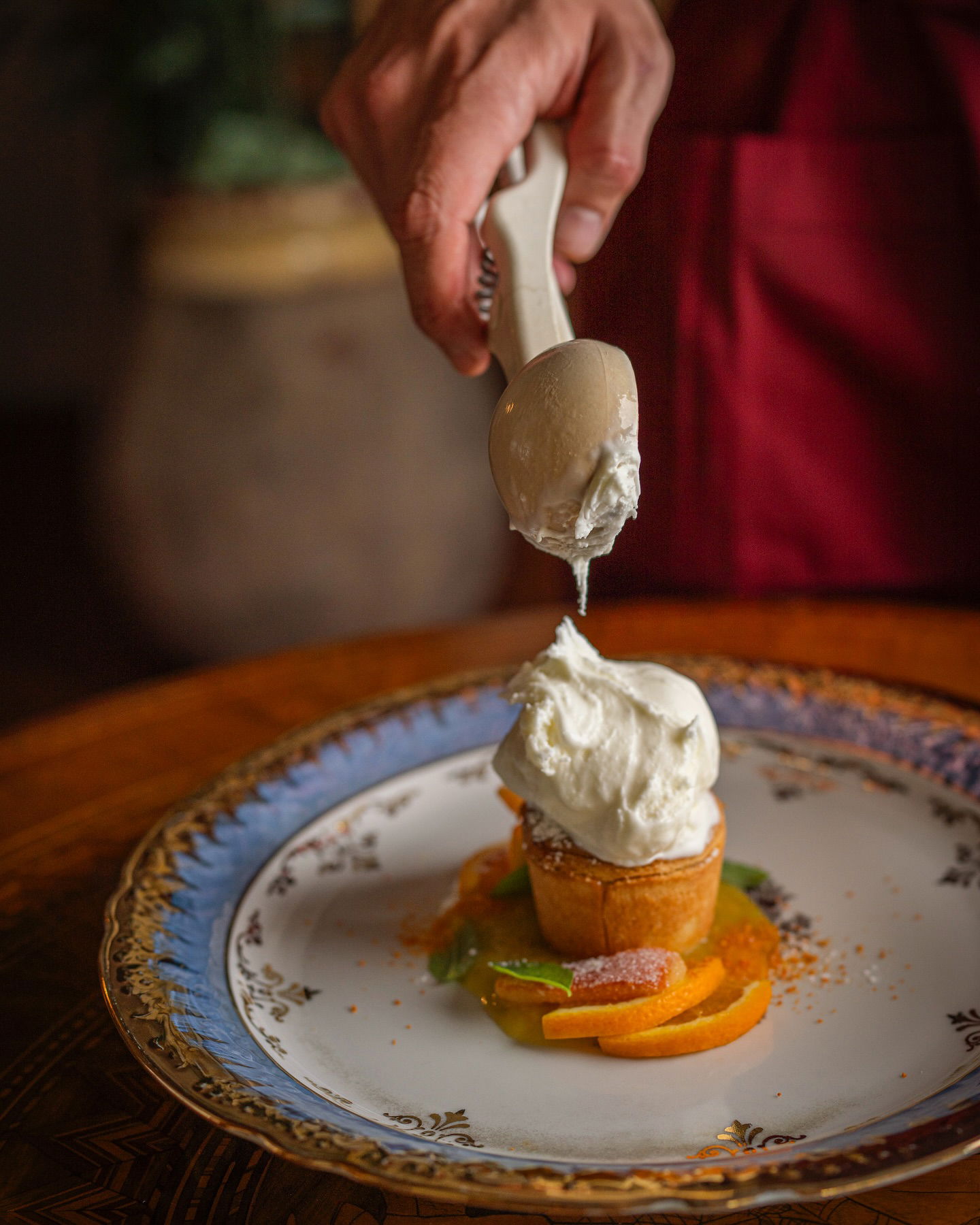
Defining the Trattoria
The origins of the word trattoria can be traced back to the Latin tractare, meaning “to treat” or “to handle.” In a culinary sense, it has always been about hospitality—a place to be taken care of while eating honest, regional fare.
Unlike a ristorante, which leans more formal, or an osteria, which historically was a tavern for wine and simple food, a trattoria sits in the sweet spot between the two: welcoming but not rushed, refined but not pretentious.
Menus are often compact, built around what’s fresh that day. You might see tagliatelle al ragù in Bologna (never called “Bolognese” here), cappelletti in brodo in Romagna, or tortellini so delicate they seem to float. Dishes are deeply tied to local identity—recipes that rarely, if ever, stray far from their origins.
A Quick Guide: Trattoria vs. Osteria vs. Ristorante
| TYPE | ATMOSPHERE | MENU | PRICE RANGE |
|---|---|---|---|
| Trattoria | Casual but curated | Regional dishes, seasonal menus | Moderate |
| Osteria | Informal, rustic | Originally wine-focused, now simple food | Budget to moderate |
| Ristorante | Formal | Extensive menus, wider wine lists | Higher-end |
Why Emilia-Romagna Is the Heartland of Trattoria Culture
If Italy is the sum of its regions, Emilia-Romagna is its pantry. This is the home of Parmigiano Reggiano, aged balsamic vinegar from Modena, prosciutto di Parma, mortadella, and a rich winemaking tradition that pairs effortlessly with its hearty cuisine.
Trattorie here are often family-run for generations, passed from parents to children, each adding their own subtle touch while fiercely protecting the flavors of the past. A midday visit might find you surrounded by local workers in well-worn jackets, friends lingering over bowls of pasta, or travelers who followed the scent of simmering ragù down a side street.
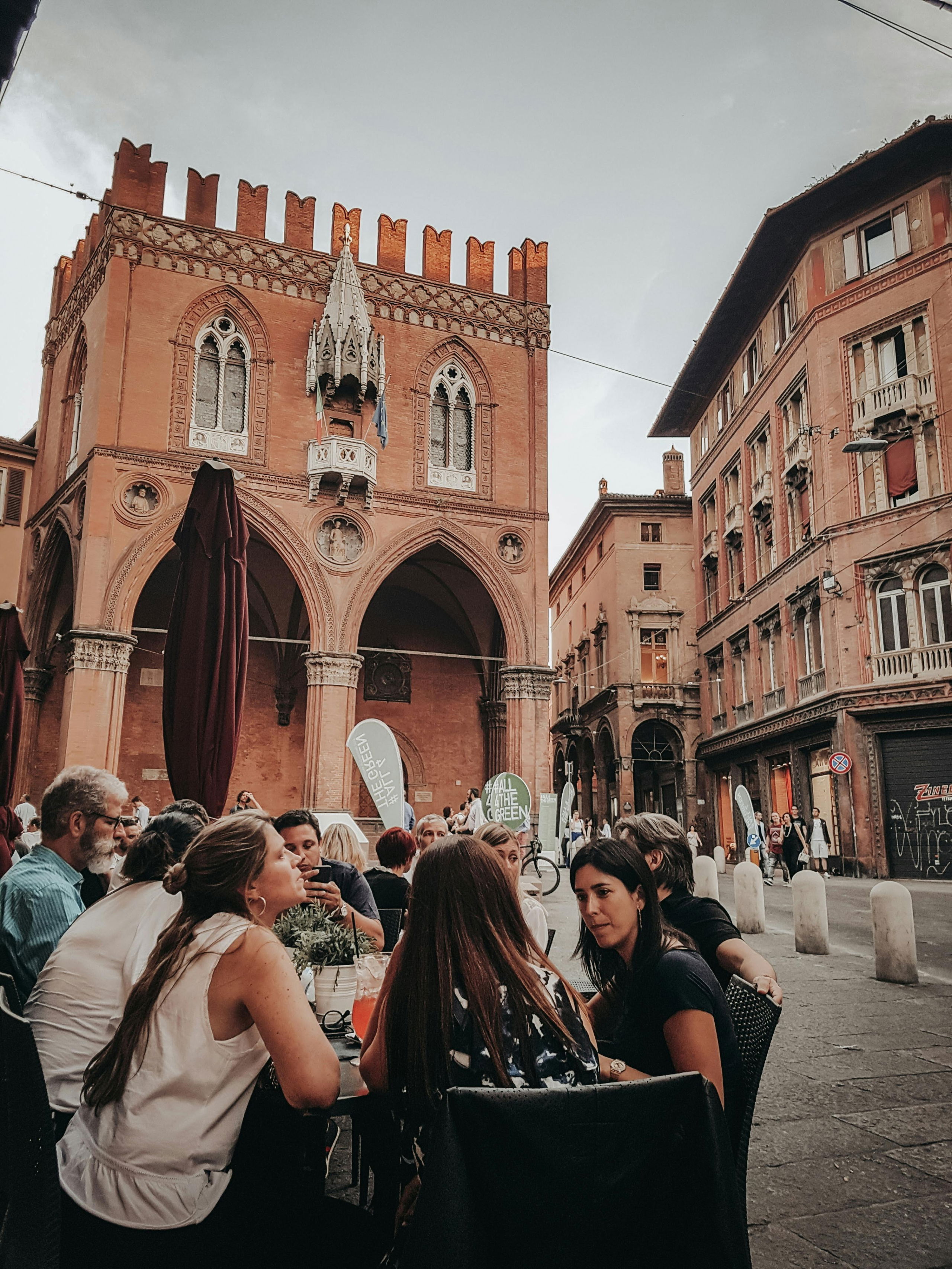
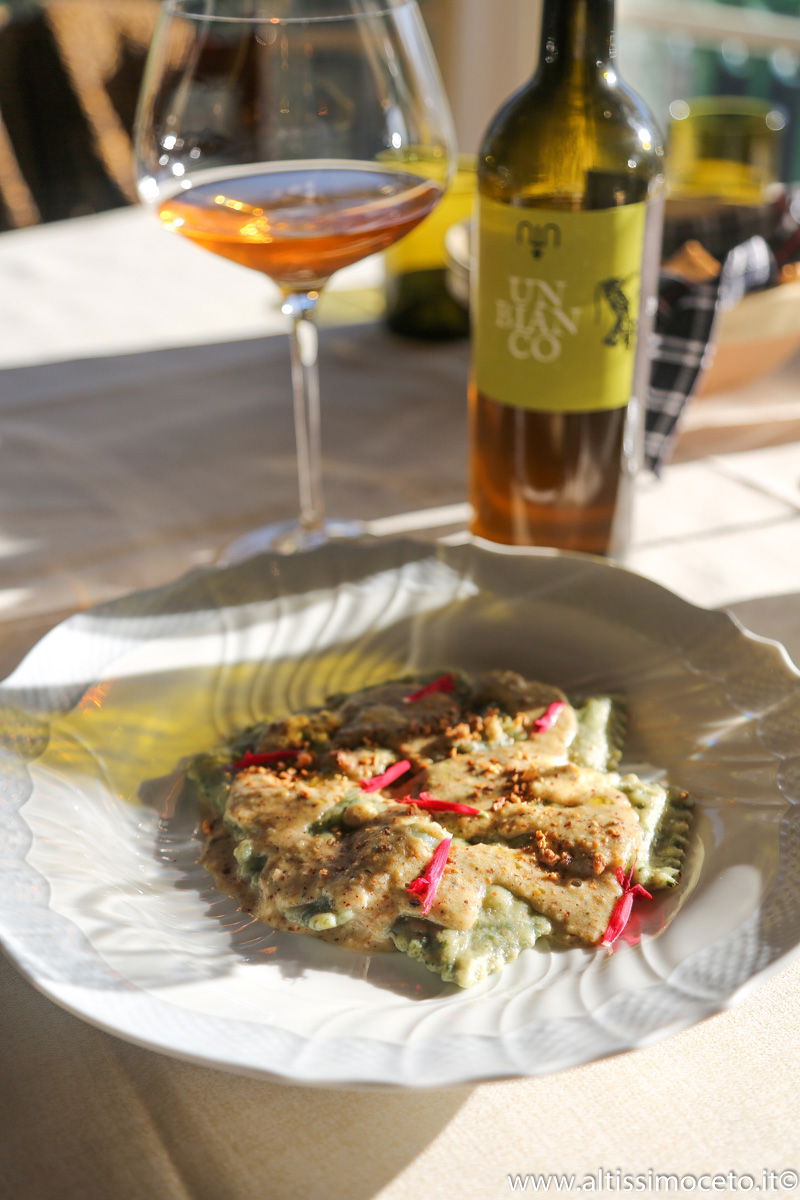
Regional Signatures in Emilia-Romagna’s Trattorie
In this region, the trattoria table is a showcase of the land’s bounty:
- Lambrusco: A sparkling red wine, dry and refreshing, served in tumblers alongside platters of cured meats.
- Parmigiano Reggiano: Often served in rough-hewn wedges before the meal, sometimes with a few drops of aged balsamic.
- Modena’s Aceto Balsamico Tradizionale: Thick, complex, and nothing like supermarket balsamic, this condiment elevates even the simplest dishes.
- Hand-rolled Pasta: From egg-rich tagliatelle to tiny anolini, pasta here is often made each morning.
The Rhythm of an Italian Meal
Dining in a trattoria is an immersion into the Italian way of eating, which unfolds in a series of courses:
- Antipasti – Perhaps a wooden board of local salumi, pecorino drizzled with honey, or marinated vegetables.
- Primi – The pasta course, often handmade in-house, served in portions that leave room for what’s to come.
- Secondi – Meat or fish, prepared with seasonal accompaniments.
- Contorni – Side dishes like sautéed greens, roasted potatoes, or a simple salad dressed with local olive oil.
- Dolci – In Emilia-Romagna, maybe a slice of ciambella cake or mascarpone cream with espresso.
- Caffè & Digestivo – Coffee served black and quickly, followed by a sip of grappa or nocino (walnut liqueur).
The pace is deliberate. There’s no expectation to rush—meals here are meant to be savored as part of the day’s narrative, not an interruption to it.
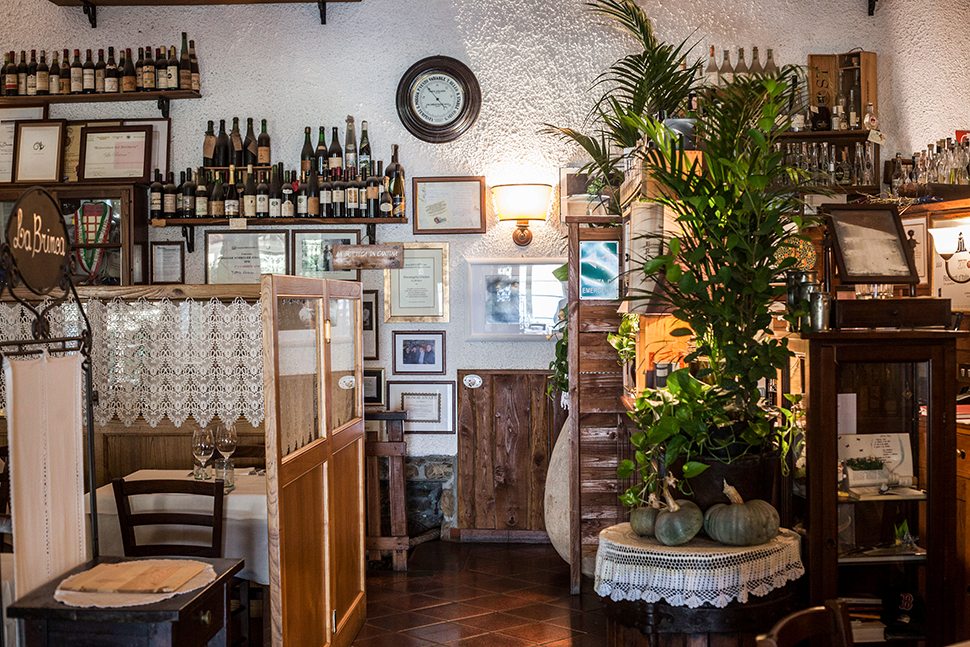
The Social Fabric of the Trattoria
More than a place to eat, a trattoria is a community hub. You’ll see neighbors greet each other across tables, farmers dropping in to deliver produce, and chefs stepping out of the kitchen to ask how you liked the tortellini.
The walls might be lined with vintage photographs of family gatherings or the restaurant’s early days. And while the quality of the food is paramount, the sense of belonging it fosters is what makes these spaces endure.
How to Experience a Trattoria in Emilia-Romagna
To truly understand the trattoria, you need to experience it in context—arriving in a small town after a morning of visiting markets, sitting at a table draped in crisp white linen, and ordering whatever the host recommends.
On our culinary journeys through Emilia-Romagna, days are punctuated by such meals—whether it’s lunch in Bologna after a tour of artisan pasta-makers, or dinner in a Modena trattoria where the chef has known the balsamic vinegar producer for decades.
Each stop isn’t just a chance to eat; it’s a glimpse into a region’s soul.
Why It Matters
Knowing the difference isn’t about semantics—it’s about understanding how Italians eat, and how each type of dining establishment reflects local culture. In Emilia-Romagna, choosing a trattoria means choosing intimacy, tradition, and a slower rhythm of life.
When you sit down in one, you’re participating in a living tradition—one that values the relationship between cook and guest, and between food and place.
Book your Italian food tour in Emilia-Romagna and discover the trattorie that keep Italy’s most storied dishes alive, one handmade tortellino at a time.
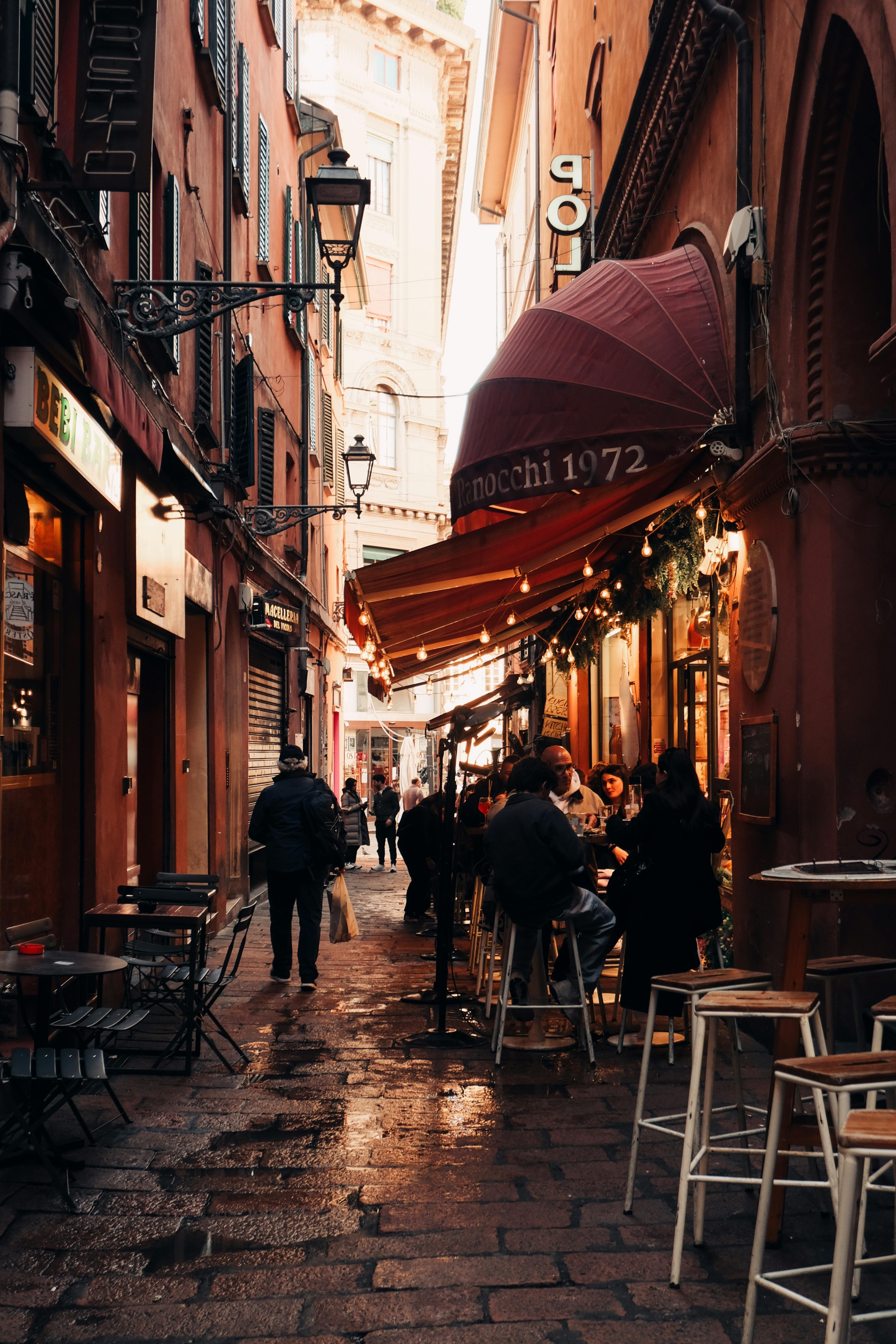

301 REDIRECTEmilia Romagna Tour with Rob Levitt




